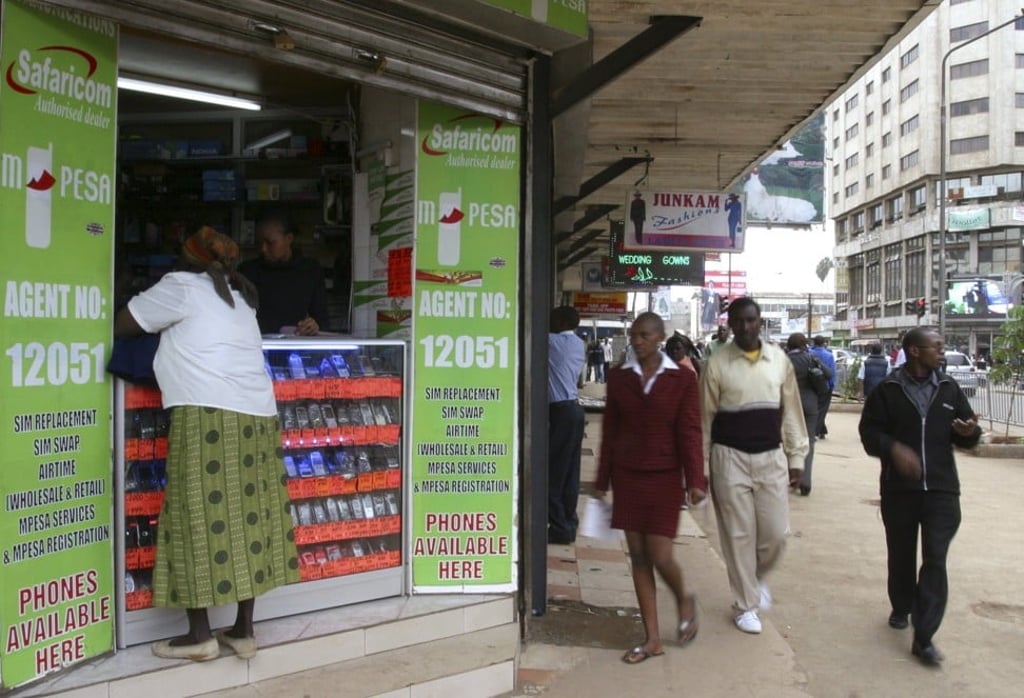Eye on Asia | How to bring Indonesia’s great unbanked masses into the fold of financial inclusion
- When getting to the nearest bank branch can be a perilous journey, and where more people have smartphones than bank accounts, digital banking is clearly the solution. But rural customers also want the human touch. Enter agent banking

The concept is simple. Banks and microfinance institutions arm individuals with training and mobile technology to become the informal bankers of their villages. It is a means of reaching rural, remote and underbanked populations far away from a physical bank branch.
It allows, for example, a fish farmer in remote Madura, an island off the northeastern coast of Java, who wants to apply for a loan, to avoid a treacherous journey by motorbike 50km to to the closest bank, and instead, visit his neighbour, a registered bank agent. The agent could make the loan application in minutes using a smartphone.
In 2018, 63.1 per cent of Indonesia’s rural residents were aware of banking agents in their region, a staggering increase from 19.4 per cent in 2016, official data show. These agents are key access points for unbanked residents in hard-to-reach spots and are far more valuable to rural residents than to urban ones.

